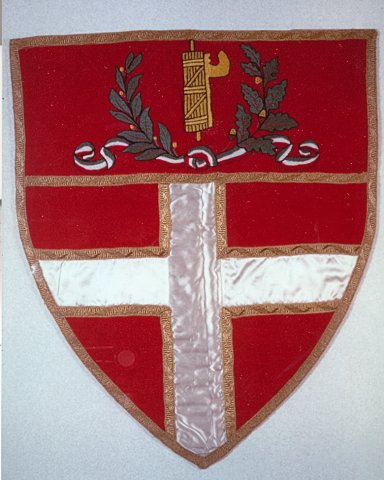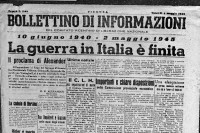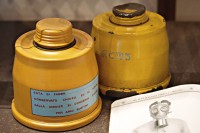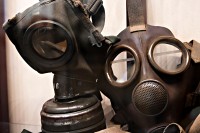Fascism, World War II, Resistance
Fascism
The lengthy negotiations following the armistice opened in Paris on January 18, 1919, and led to the peace treaties known as the Peace of Versailles.
Italy participated in these negotiations as the victorious power alongside Britain, France, and the United States, but in reality its position was always subordinate to its allies, and the peace negotiations did not, as expected, apply the criteria established in the Treaty of London of April 26, 1915, especially regarding the annexation of territories in Dalmatia and colonial compensation.
The successive government crises of those years (Orlando, Nitti, Giolitti) – while nationalism was fueled on the one hand by D'Annunzio's initiatives with the occupation of Fiume in September 1919, and on the other by the fascist movement, which was increasingly active in the country – led to growing hostility towards liberal governments, which served as an easy preparation for the coup d'état, which would be carried out by Mussolini on October 28, 1922. Added to this were the social and labor unrest that disturbed the working world, the impoverishment caused by the severe destruction and the moral breakdown that accompanied the war, which played a significant role in determining the postwar difficulties. The fascist reaction was soon felt, guided by solid class reasons, but tinged with militant and nationalistic rhetoric and converging on the myth of the strongman who would lift the country from chaos and raise it to the rank of a great power.
Even the burgeoning Catholic social movement in Vicenza soon found itself under the crossfire of fascist squads. Not surprisingly, the most significant episode of this aspect of the squadristi offensive was the assault in Sandrigo on the rectory of Monsignor Giuseppe Arena, leader of the movement in the province. Despite its own timing and methods, amidst alternating movements of rapprochement and estrangement, the Church remained, within the totalitarian state, the only autonomous and independent entity, thus presenting itself as a moderate alternative to the regime.
Fascism in power soon revealed its essence: a class dictatorship poorly veneered with imperialistic Romanism, although some undeniable successes in prestige, the adoption of easily popular slogans, from the battle of the grain to the myth of the place in the sun, and astute, effective propaganda attracted considerable support.

Gagliardetto fascista del Comune di Vicenza

Divisa da prigioniero nei lagher tedeschi (Mauthausen)
Image Gallery
 |
 |
 |
 |
 |

